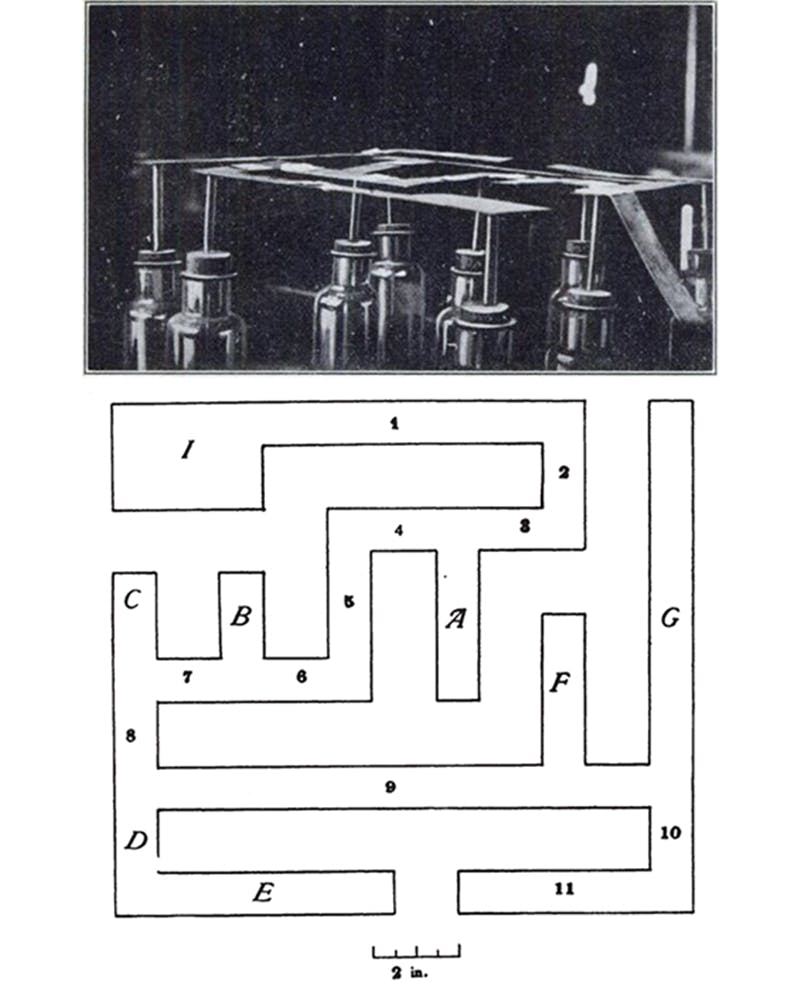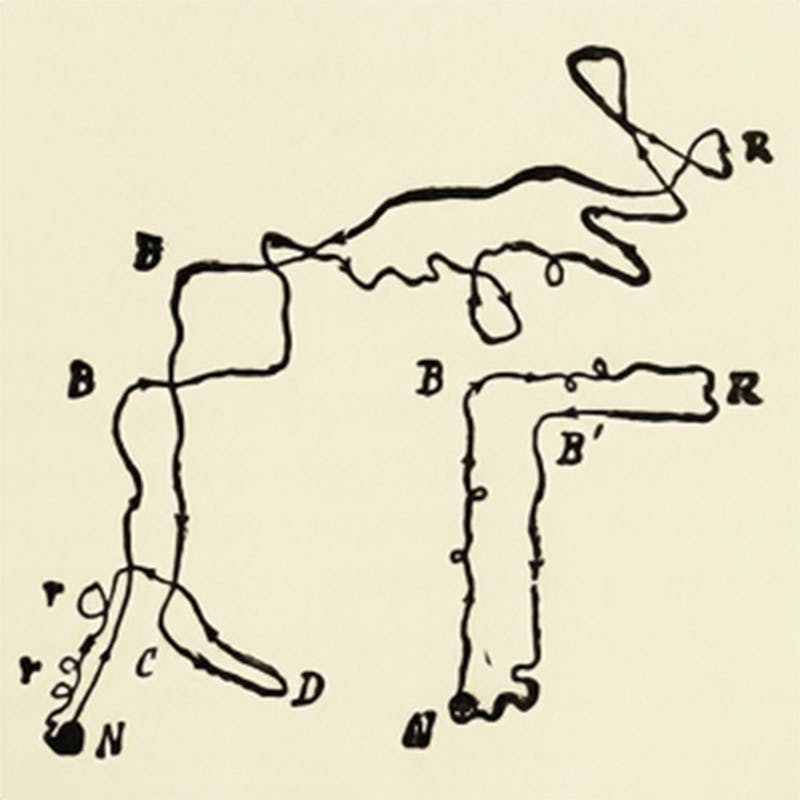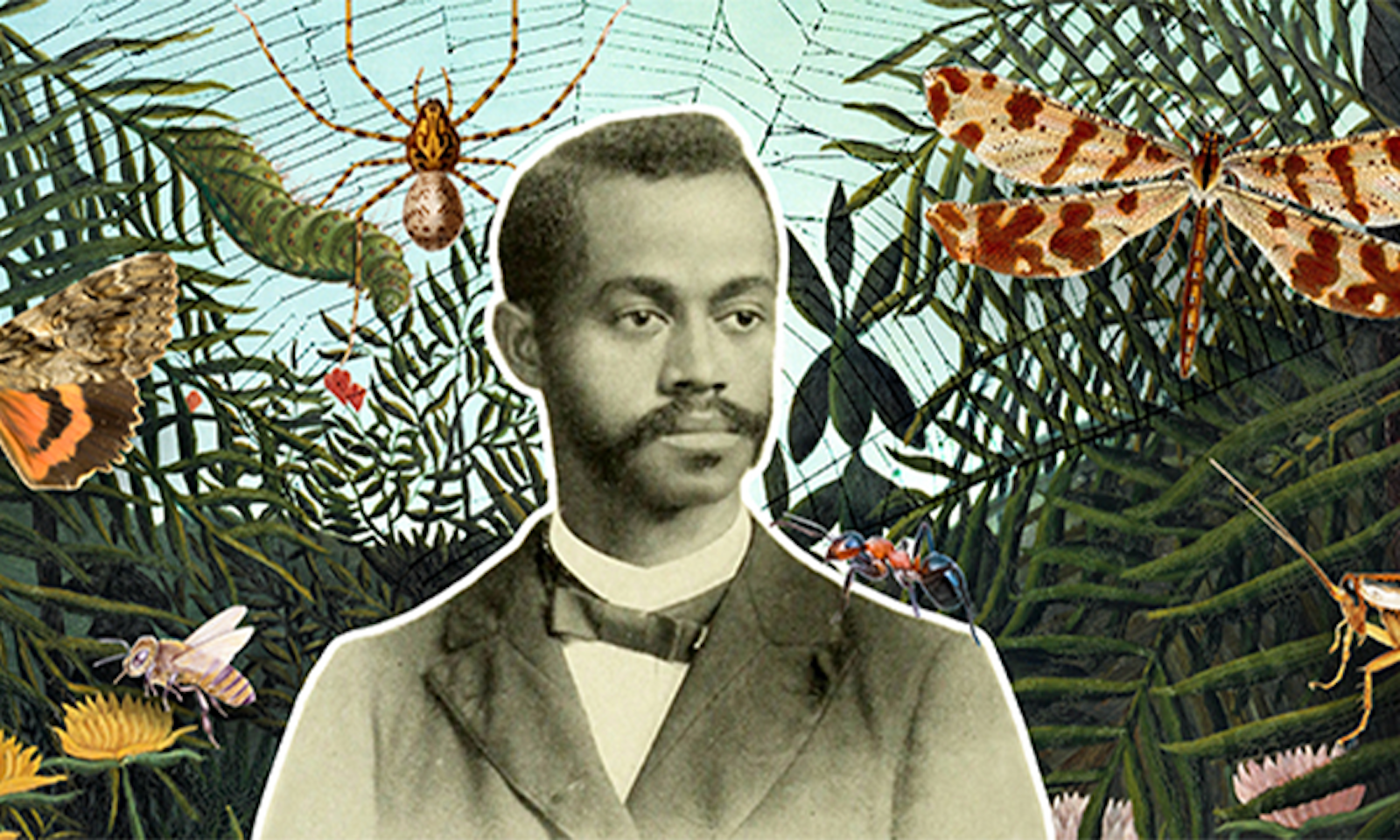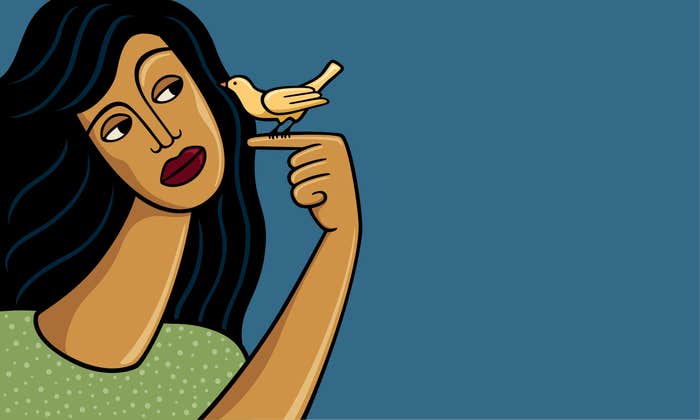This article originally appeared in Knowable Magazine.
Our understanding of animal minds is undergoing a remarkable transformation. Just three decades ago, the idea that a broad array of creatures have individual personalities was highly suspect in the eyes of serious animal scientists — as were such seemingly fanciful notions as fish feeling pain, bees appreciating playtime and cockatoos having culture.
Today, though, scientists are rethinking the very definition of what it means to be sentient and seeing capacity for complex cognition and subjective experience in a great variety of creatures—even if their inner worlds differ greatly from our own.
Such discoveries are thrilling, but they probably wouldn’t have surprised Charles Henry Turner, who died a century ago, in 1923. An American zoologist and comparative psychologist, he was one of the first scientists to systematically probe complex cognition in animals considered least likely to possess it. Turner primarily studied arthropods such as spiders and bees, closely observing them and setting up trailblazing experiments that hinted at cognitive abilities more complex than most scientists at the time suspected. Turner also explored differences in how individuals within a species behaved—a precursor of research today on what some scientists refer to as personality.
Most of Turner’s contemporaries believed that “lowly” critters such as insects and spiders were tiny automatons, preprogrammed to perform well-defined functions. “Turner was one of the first, and you might say should be given the lion’s share of credit, for changing that perception,” says Charles Abramson, a comparative psychologist at Oklahoma State University in Stillwater who has done extensive biographical research on Turner and has been petitioning the United States Postal Service for years to issue a stamp commemorating him. Turner also challenged the views that animals lacked the capacity for intelligent problem-solving and that they behaved based on instinct or, at best, learned associations, and that individual differences were just noisy data.

But just as the scientific establishment of the time lacked the imagination to believe that animals other than human beings can have complex intelligence and subjectivity of experience, it also lacked the collective imagination to envision Turner, a Black scientist, as an equal among them. The 100th anniversary of Turner’s death offers an opportunity to consider what we may have missed out on by their oversight.
Had his work not been largely forgotten after his death, the field might now be in a very different place, says Lars Chittka, a zoologist and ecologist studying bees and other insects at Queen Mary University of London. Today, researchers are returning to many of the ideas that Turner’s work raised. “The remarkable developments that I’ve had the pleasure to witness over the last few decades might have happened much, much earlier if people had paid more attention to Turner’s writings,” Chittka says.
Testing tiny minds
Nineteenth-century Western scientists inherited the notion that a strict line separated humans from other animals. Humans had souls, which came with complex thoughts and feelings, and other creatures didn’t. Charles Darwin’s theory of evolution disaffirmed this accepted wisdom, proposing a mechanism—natural selection of inherited traits—by which physical, mental, and even emotional characteristics could be shared across species. Darwin’s young friend and collaborator George Romanes in 1882 published Animal Intelligence, a book that cataloged examples of cognitive abilities in a broad spectrum of animals. These ideas resonated so strongly with Turner that he named his third child Darwin Romanes.
Darwin’s and Romanes’ notions, though, were largely based on theory, observation, and a healthy dollop of anthropomorphism. Animal Intelligence was not especially scientific. Turner spent his career testing those notions with the scientific method.

In one of his early studies, Turner set out to investigate if spiders built webs through rigid instinct or if they could respond creatively to novel situations. Meadows make for fairly uniform conditions in which to build webs, he wrote in the Journal of Comparative Neurology in 1892. “But when the external environment becomes more heterogenous, it is interesting to note how the spiders become masters of the situation.” He meticulously described structures of 27 webs he found on windowsills, down railroad embankments, in log piles. “Was this web the result of blind instinct? I think not,” he wrote about an especially contorted web above a hole in a stone wall that effectively cornered insect prey.
Turner coupled his observations with experiments that forced spiders to deal with awkward spatial challenges in their web-building. He collected spiders and placed them first into cylindrical bottles, where they constructed circular webs, and then moved them into boxes, where a few made rectangular ones. Finally, he destroyed parts of existing webs and found that the spiders came up with clever solutions to efficiently patch them up. All these experiments pointed to a capacity for learning, contradicting the dominant scientific narrative. Although web-weaving is instinctive, Turner concluded, “the details of construction are the products of intelligent action.”
During the rest of his three-decade career, Turner continued pursuing research that ran counter to prevailing ideas of his time. Turner also studied birds, aquatic crustaceans, lizards, and snakes, but he was particularly interested in the minds of insects. He cataloged surprising capacities for learning, memory, problem-solving—and possibly even emotions, says Chittka—in ants, bees, moths, cockroaches, and other insects, anticipating perspectives that only reemerged in the 2000s.

In a series of creative experiments that involved running ants of a dozen different species through an elaborate maze, Turner concluded that the creatures weren’t guided by a homing instinct, but instead relied on a variety of cues as well as memory, all coming together as a simple form of learning. In a separate study, he placed an ant on a small island and observed that the ant attempted to build a bridge to the mainland using materials at its disposal. The ant went beyond trial-and-error learning, seeming to size up the situation and come up with a goal-directed solution—something ants were not considered capable of at the time, Chittka says. He demonstrated that bees rely on their memory of spatial landmarks—say, a Coca-Cola bottle cap at the entrance of a ground nest—to get where they needed to go. That study was remarkably similar to one published a quarter-century later by the celebrated Dutch ethologist Nikolaas Tinbergen, Chittka says.
Turner may also have been a step ahead of Russian physiologist Ivan Pavlov. About 13 years before Pavlov published a renowned paper on salivating dogs and the fundamental form of learning called classical conditioning, Turner published a report describing how he trained moths to flap their wings in response to whistling, revealing that they can hear pitch. “That very well may have been the first example of classical conditioning—certainly for invertebrates,” says Abramson, who published a biography of Turner in 2003, and an article about Turner’s life in the Annual Review of Entomology in 2007.
A legacy rediscovered
There’s no evidence that scientists intentionally claimed Turner’s discoveries as their own, says Chittka. In Turner’s honor, French naturalist Victor Cornetz named the sinuous meanderings made by some ants “Tournoiements de Turner.” John B. Watson, the father of behaviorism, which became the dominant psychological paradigm for decades starting in the 1920s, called some of Turner’s experiments “ingenious.”
Yet over time, Turner’s legacy faded.
Chittka himself, as a graduate student and young researcher in the 1990s, strongly pushed the field to recognize the complexity of insect minds, not learning until much later in his career that Turner had laid the foundation for key ideas in his research. “I have to admit that I was so much unaware of Turner’s work that I thought that I had pioneered that [direction] for insects,” he says. “Quite clearly, Turner was a century ahead there, and that was quite an eye-opener.”

Without a doubt, the barriers Turner faced in establishing and maintaining his scientific career were extremely steep and were forged by flagrant racism and by the mundane circumstances that it engendered. He found a mentor at the University of Cincinnati, where he completed undergraduate and master’s degrees in 1887 and 1892, respectively. He earned a reputation as diligent and brilliant, which likely helped him gain a position as an assistant lab instructor, something few other Black students would have been considered for. But his luck on that front ran out when he sought a faculty position at the University of Chicago after he finished his Ph.D. in zoology there in 1907, likely the first Black scientist to do so, Abramson says. He was considered for a post, but the professor who invited him to apply died and, according to sociologist and civil rights activist W.E.B. Du Bois, his replacement refused to hire a Black scientist.
Unable to secure the University of Chicago position, Turner became a science teacher at Sumner High School in St. Louis, the first Black high school west of the Mississippi. But he continued to run experiments in the parks of St. Louis and in the small research shed he built behind his home. Another asset he lacked was graduate students or scientific offspring to propagate his ideas and build on them in their own careers. Still, Turner toiled on, publishing more than 70 papers. “It’s just absolutely mind-boggling how he did all that as a one-man operation,” Chittka says.
Some think his ingenuity is what allowed him to build a career despite many constraints. “He was incredibly imaginative,” says Janice Harrington, a poet and author who teaches at the University of Illinois Urbana-Champaign and who researched Turner’s life for a 2019 children’s book about him. “It wasn’t like he could just go buy the equipment he needed or call on an army of lab assistants. When you have those limitations, then you have to think outside the box.”
Turner’s research was also driven by another motivation: He viewed biology as a lens for understanding the common bonds among living things, and also among all members of humanity, Harrington says.
“The marvelous structures and functions of animals, the demonstration that all animals are evolved branches of one common tree, and a knowledge of the laws that control the actions and relations of animals and man,” Turner wrote in an editorial for a newspaper called the Southwestern Christian Advocate, “lead one to recognize and respect the rights of others.”
Excavating the history of figures like Turner can be challenging, Harrington adds. “I think the frustration, if you’re researching someone who is African American, is that a lot of times there’s just going to be holes and big gaps because of the times they lived in,” she says. Key artifacts relating to their life were not deemed worth saving. Turner died of a heart condition at the relatively young age of 56, and neither his house nor his research shed in St. Louis remains standing. An especially sore point for Harrington is mention of a children’s book he wrote, the manuscript of which she has been unable to find.
Abramson has felt these holes, too. He first encountered Turner’s work 45 years ago, as an undergraduate excitedly digging through old publications in his chosen field of ant behavior, and has tried to bring attention both to Turner’s science and to his perseverance. But he says a dearth of artifacts relating to Turner’s life has impeded his efforts to persuade a national museum to showcase him.
Yet in the past few years, as the accumulation of evidence begins to outweigh the history of prejudice, Turner’s work is regaining recognition. “We have witnessed over the last decade or so quite a Copernicus-style revolution in the sense of the appreciation of other animals having minds,” Chittka says. Seeing these ideas in Turner’s work from a century ago “is very reassuring,” he adds. “I think it shows that we are heading in the right direction, albeit with a big delay.” ![]()
Alla Katsnelson is a science writer and editor based in Western Massachusetts. She loves insects, but mostly from a distance.
This article originally appeared in Knowable Magazine, a nonprofit publication dedicated to making scientific knowledge accessible to all. Sign up for Knowable Magazine’s newsletter.
Lead image: Charles Henry Turner, who died in 1923, was a zoologist and comparative psychologist who studied the behavior and cognition of insects and other arthropods including spiders, bees, ants, and moths. Credit: Knowable Magazine.




























